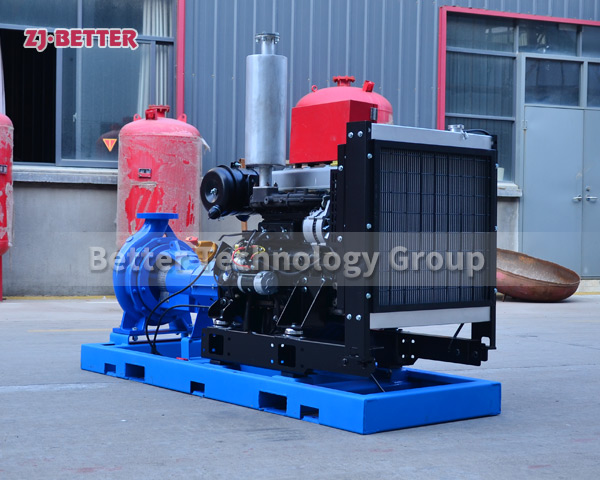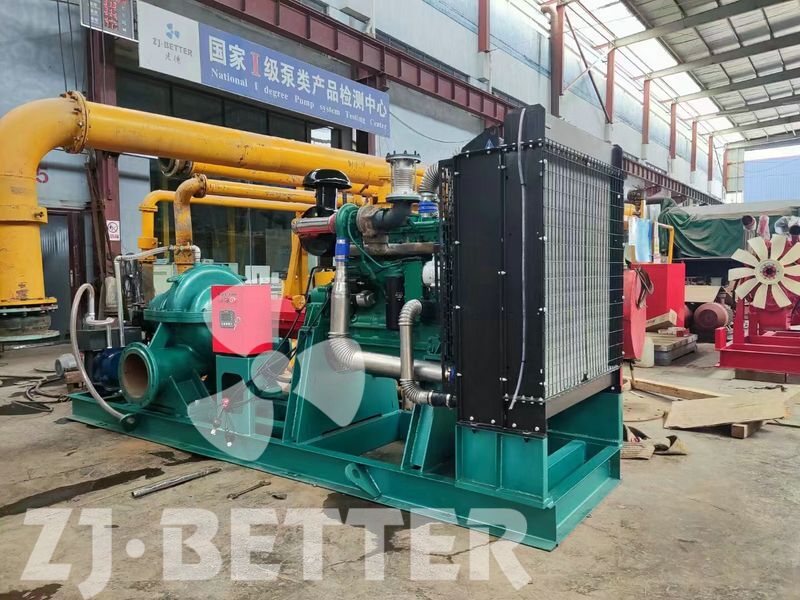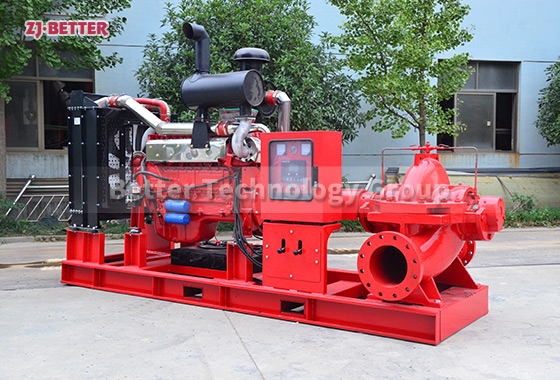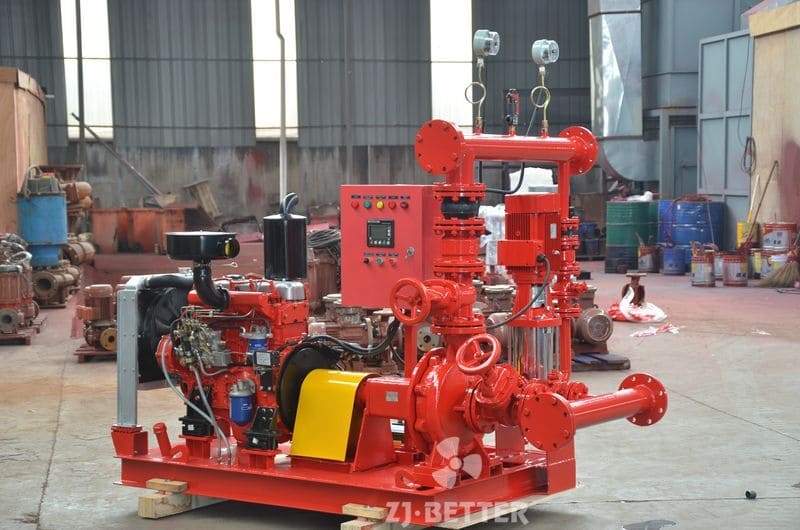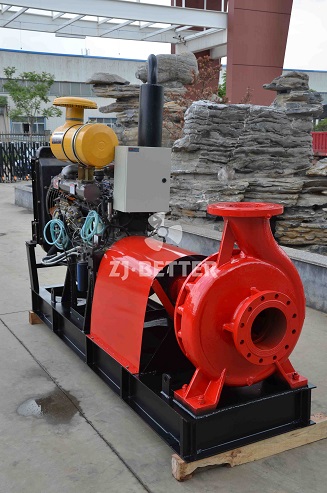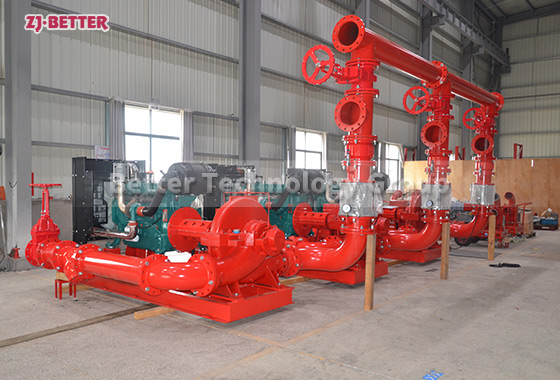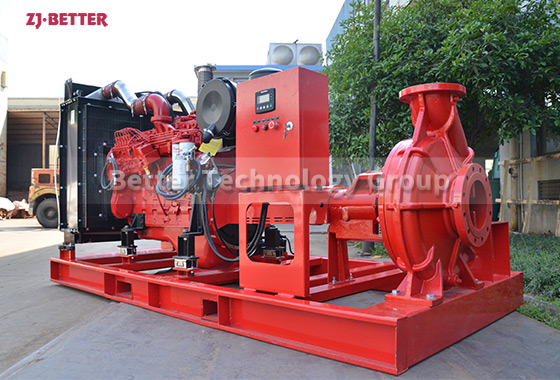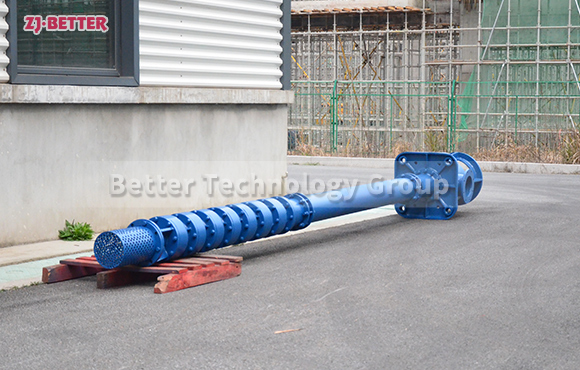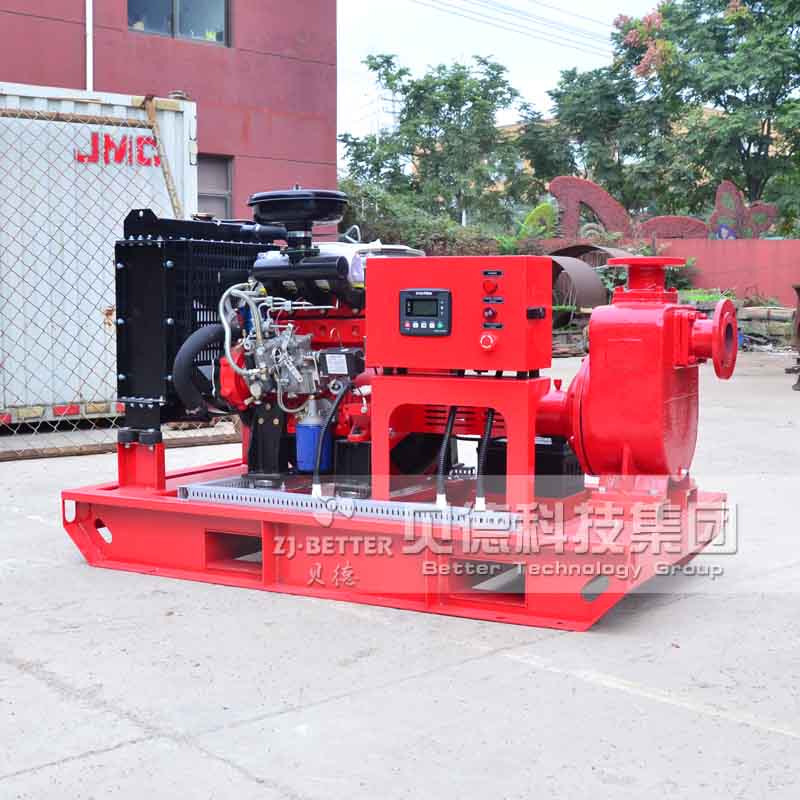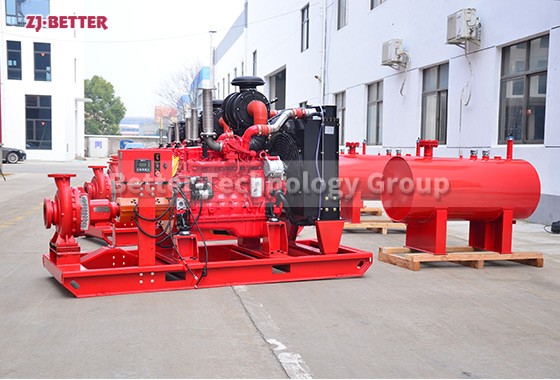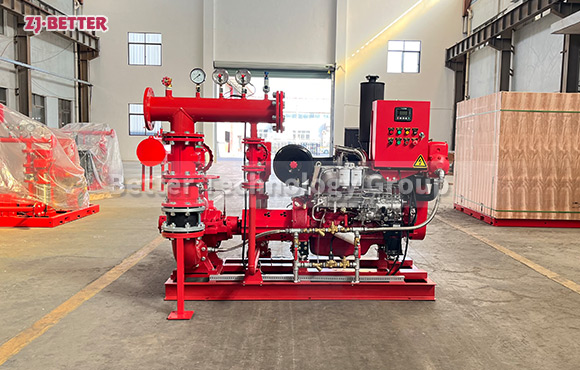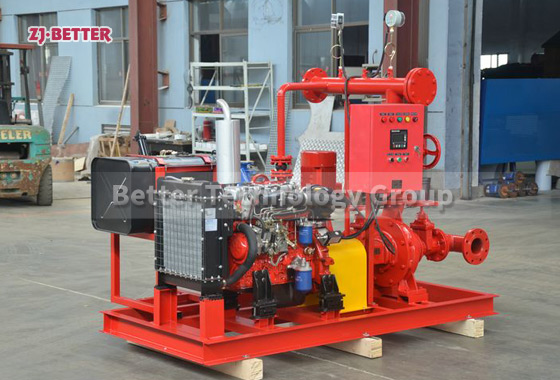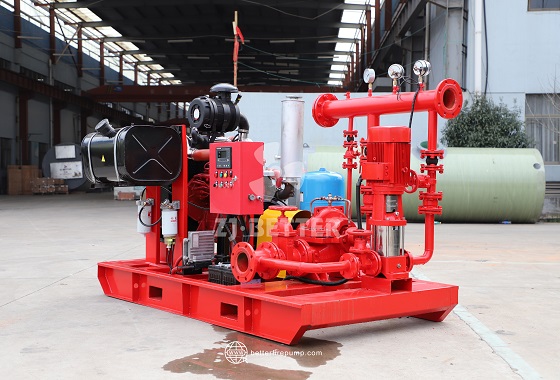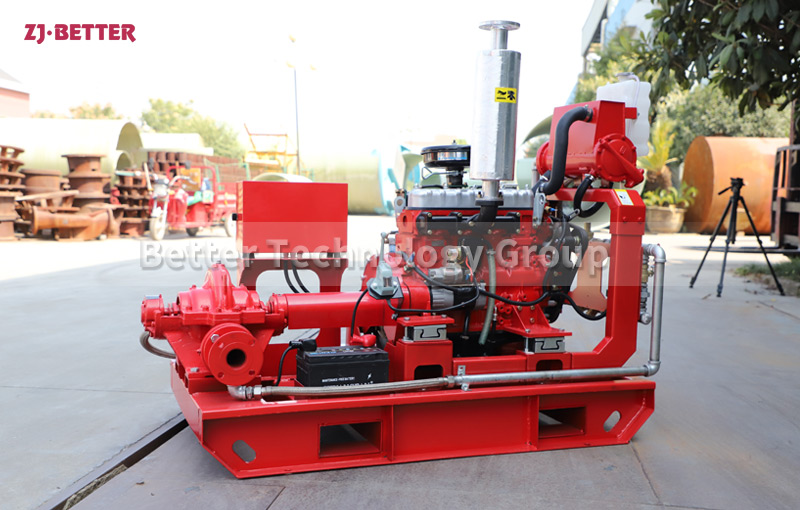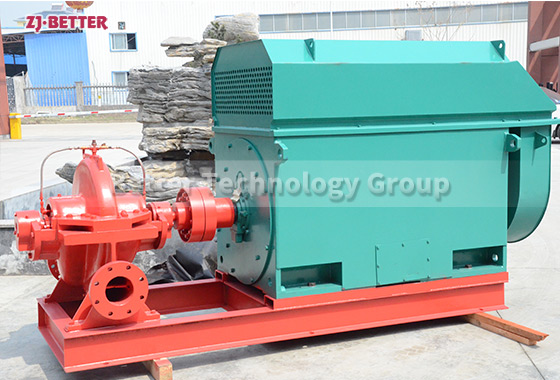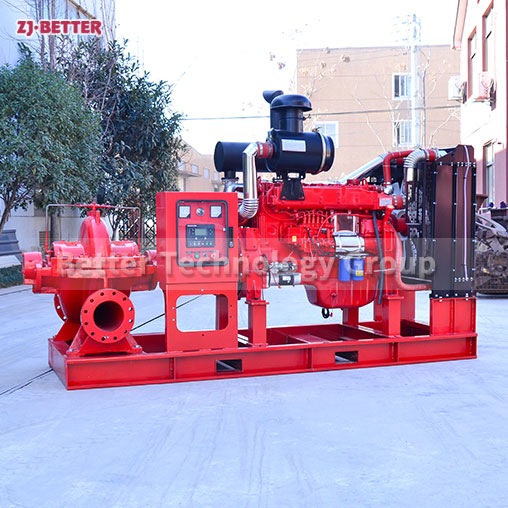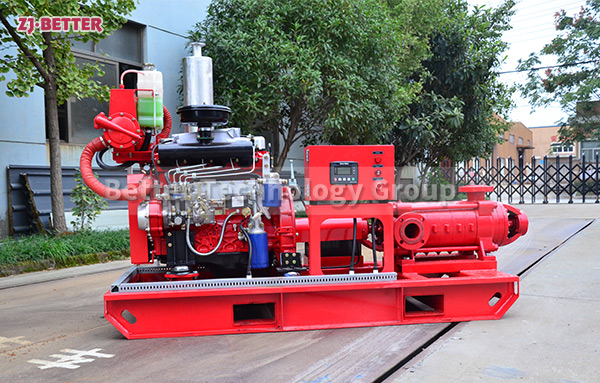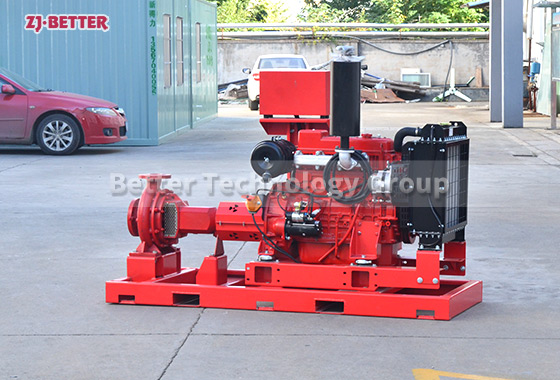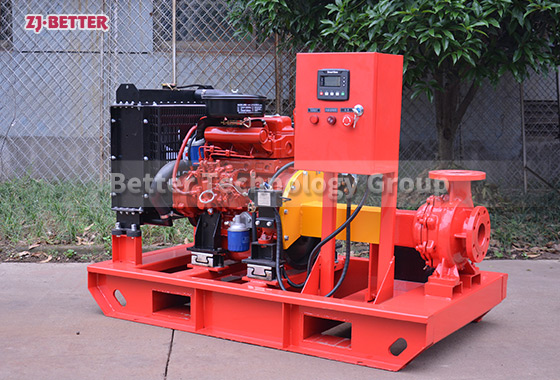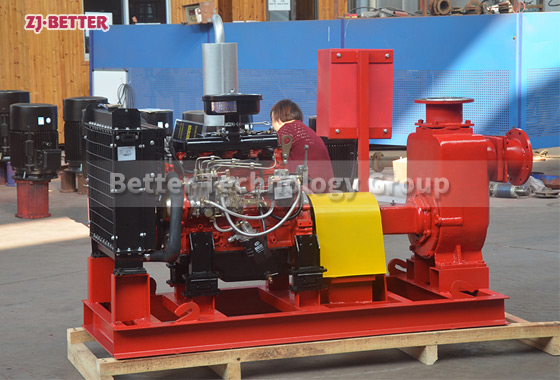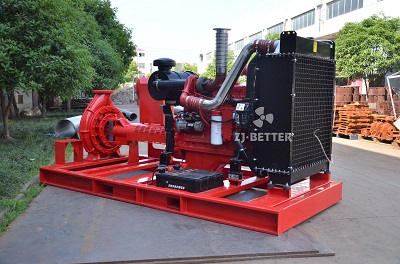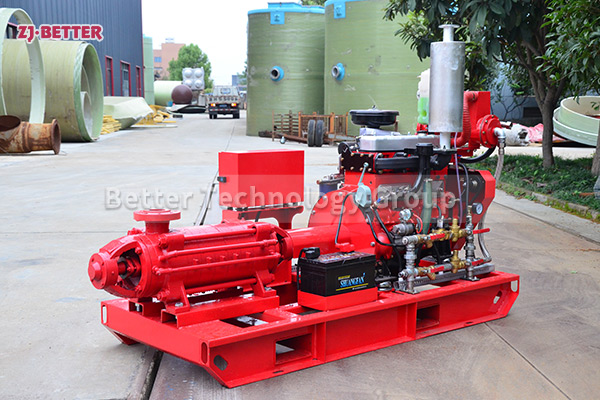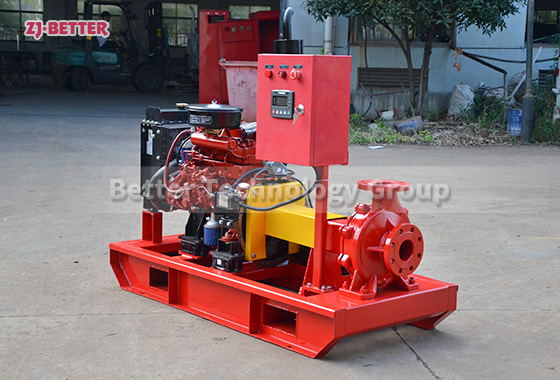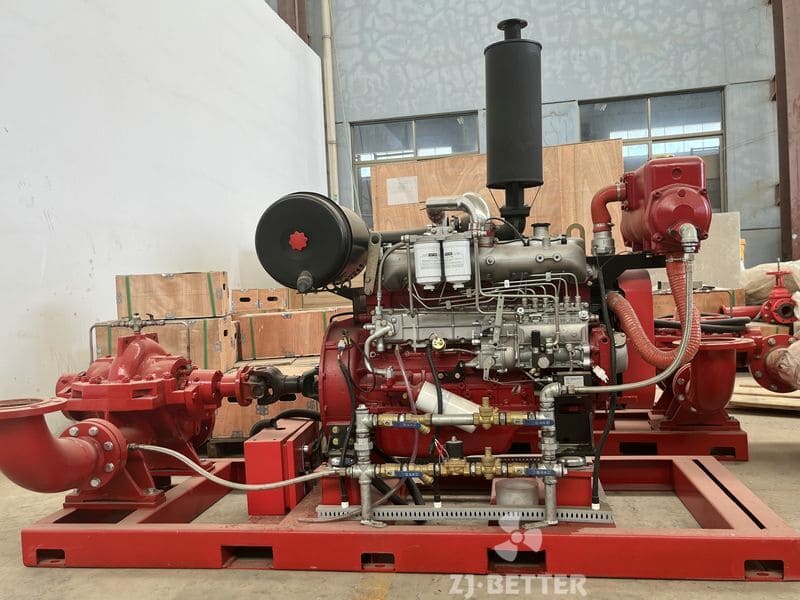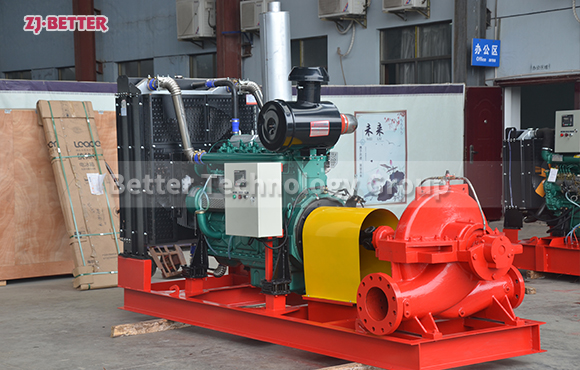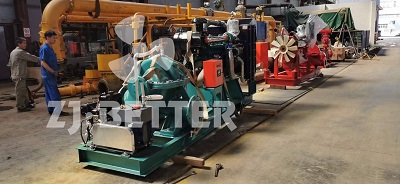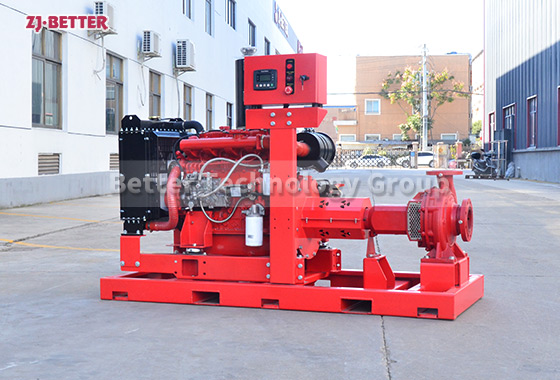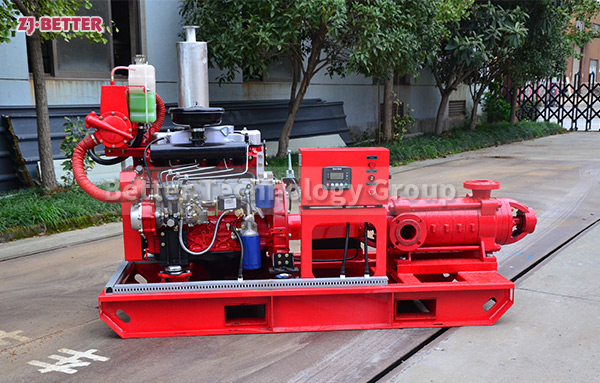Advantages of diesel engine fire pump set in fire fighting occasions
Diesel engine fire pumps are relatively common in life, and their performance requirements are relatively high. In normal use, more attention must be paid to maintenance to prolong the service life of the pump. Because diesel fire pumps are not omnipotent, there will be some problems in daily use, so when choosing equipment, we must pay attention to whether the quality of the equipment has reached the national standard. As fire equipment, all kinds of equipment must be Ensure performance, avoid affecting use in disasters and delay rescue.
Advantages of Diesel Engine Fire Pumps
1. The function of the diesel fire pump is very powerful. We can set the control time during use, for example: preheating in advance, pre-lubrication or timing start. The use of high technology has made some complicated and time-consuming things easier. The preheating setting in advance has greatly reduced the preparation time for rescue, allowing firefighters to rescue at the first time. In the face of disasters, time is money, time It is life.
2. By adjusting the speed of the engine, the head and flow can be controlled, and the height and size of the water flow will become easier to control. When the nozzle is in a stable state, we can accurately spray water at the fire point to extinguish the fire by controlling the engine, which also reduces the difficulty of firefighters’ rescue.

